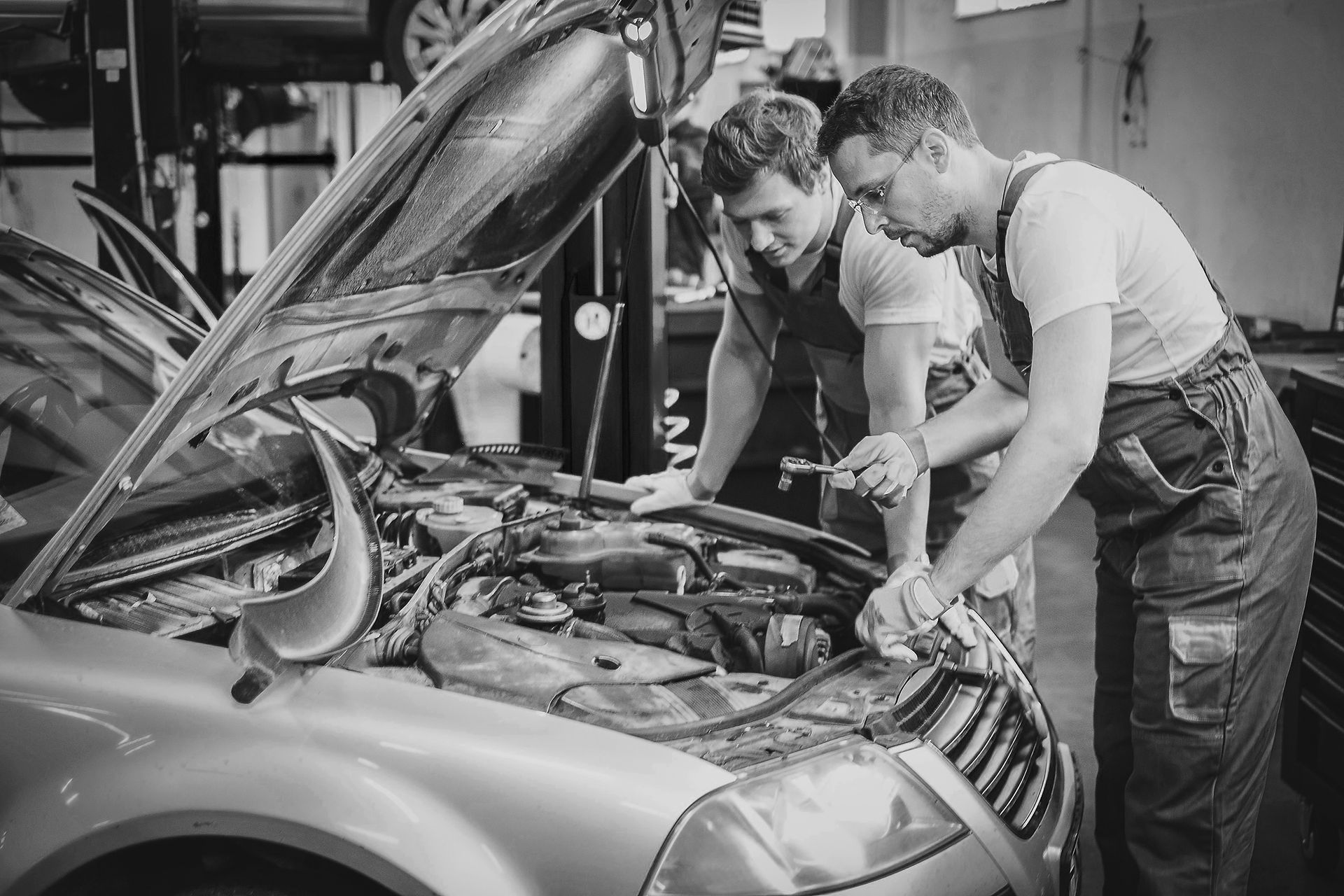
Frequently Asked Questions
Have you been in an accident that has required a significant auto body repair to your vehicle? Then it’s absolutely essential that you get a “post-repair inspection".
What is a post-repair inspection?
A post-repair inspection is an evaluation performed by a qualified third-party, in which they examine the quality of the repairs that have been performed after a motor vehicle accident. The inspector will check that manufacturer guidelines were followed to ensure that the vehicle will perform as it was intended, and that it has been restored to pre-accident safety standards.
When is a post-repair inspection recommended?
Post-repair inspections are a fundamental part of vehicle safety, acting as a second layer of protection for car owners. In particular, an inspection is advisable if:
-
It’s necessary to confirm that a car was fixed properly and that it’s safe to drive.
-
You are unsure about the quality of repair work or the parts used in the repair.
-
The repair shop seems unwilling to disassemble the vehicle in order to properly assess collision damage.
-
You notice signs that the car is not operating properly or doesn’t look like it did before the collision and repairs.
These are solid reasons to find a reliable and qualified auto body repair specialist to request a post-repair assessment of the vehicle. In general, you should be vigilant if you see signs that the repair shop lacks professionalism. This may show in an inability to explain the repairs done or not providing warranties for the work done.
Why should you be worried about vehicle repairs?
In recent years, vehicle repair chains and insurance referral networks have placed increasing importance on performing quick repairs and decreasing costs for the company. For many of these conglomerate businesses, profit is the main priority. Rushed work and cutting corners – like using aftermarket parts – can, unfortunately, mean poor or unsafe car repairs. The only consumer safety measure to prevent this from happening to your car is to request a post-repair inspection.
Look out for companies that offer Direct Repair Programs (DPRs) or which are part of large preferred insurance networks. Vehicle repairs can take time and need to be done properly in order to ensure safety and quality work. This is one reason why we advise that vehicle owners trust local, independent auto body specialists from the beginning of the collision repair process.
Why should I get a post-repair inspection?
Unfortunately, these days you can’t be sure about the quality of vehicle repairs. Following a collision, it’s important for your safety and the safety of your passengers that the repairs be inspected.
When you decide on an auto body shop for post-collision repairs, the expectation is that technicians restore the car to its condition before the collision. Repairs address the structure of the car body, the car safety systems, moving parts, mechanical components, computerized systems and, finally, the car paint.
What is involved in a post-repair inspection?
When you bring your vehicle to be inspected, these are the steps that the auto body technicians go through in order to verify the quality of the repairs that have been made.
-
Here at AB post-repair inspections, we offer a free visual inspection to begin with. If there are any red flags during the visual inspection, the technician will recommend a full post-repair inspection.
-
If you decide you would like to move forward with the full inspection, the first step to performing a post-repair inspection is to get a copy of the car insurance estimate and the auto repair estimate from the shop. During the inspection, they will compare these with the work that was done.
-
Then, the auto body specialist will assess the quality of the repair work and replacement parts.
-
Next, they will perform a panel-by-panel inspection to make sure the auto body parts line up correctly.
-
Using a paint thickness meter, they will check that the paint job (if needed) was done well and that the finish is even.
-
The auto body technician will then take off panels and interior carpets to check repair work that may be hidden. Specific things on his checklist include checking the welding work, rust protection measures and alignment.
It’s important to note that vehicle owners are not responsible for covering the expense of remediating a substandard repair. With that being said, all costs must be paid upon completion of the post-repair inspection and we can assist with the recovery of your funds by contacting your insurance company who will ultimately advise the repair facility to cover the costs.